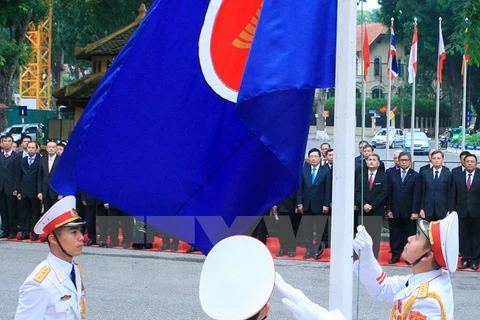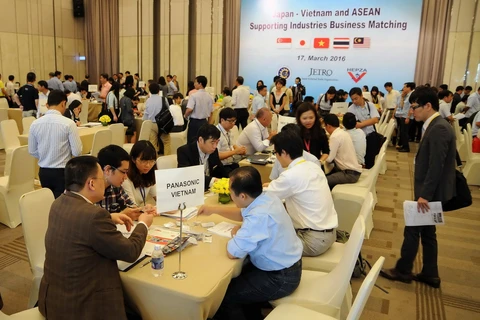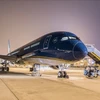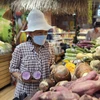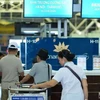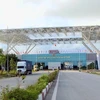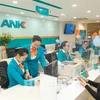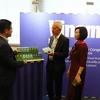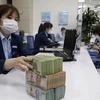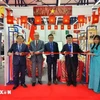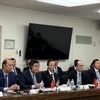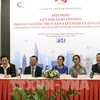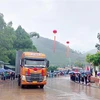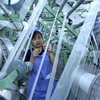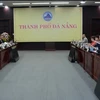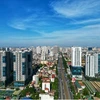HCM City (VNA) – During her business trips to ASEAN member countries, Nguyen Hong Hoa of HCM City finds it very hard to find Vietnamese goods on supermarket shelves in Malaysia or Singapore.
But in large cities in Vietnam, consumers can easily buy Thai and Malaysian products, even in traditional markets.
According to experts, more and more goods from Thailand, Malaysia and other ASEAN countries are available in Vietnam, especially since the establishment of the ASEAN Economic Community (AEC) this year.
The ASEAN bloc is the third largest buyer of Vietnamese goods after the US and EU, and also the third largest seller after China and the Republic of Korea.
According to the General Department of Vietnam Customs, Vietnam’s trade with the bloc has increased strongly since 2004, with the latter, mainly Thailand, Singapore and Malaysia, enjoying a trade surplus.
Vietnam’s deficit increased from 3.9 billion USD in 2005 to 5.6 billion USD last year.
With the establishment of the AEC and many free trade agreements, economists said, Vietnamese businesses have opportunities to boost exports.
But the advantage seems to remain on paper since many Vietnamese businesses said their exports to the ASEAN market have seen little change since the AEC’s establishment.
Tran Thi My Van, Acecook Vietnam’s administrative and HR manager, said her company exports instant foods to 47 countries and territories, but only to Cambodia, Laos and Myanmar in the ASEAN bloc.
Indonesia is the region’s biggest consumer of instant noodles - at around five billion packs a year - but Vietnamese products have yet to penetrate the market.
In the case of Bui Van Ngo Industrial and Agricultural Machinery Co., Ltd, which has for many years exported machinery and equipment to ASEAN markets, not only are exports not increasing since the establishment of the AEC, but are actually continuing a decline that began recently.
Bui Phong Luu, its director, said export earnings from its main market, Cambodia, which were pretty good until a few years ago, are down now though the company carefully studies the market and improves product quality to meet customers’ demand.
Drastic competition
Luong Van Vinh, General Director of My Hao Chemical Cosmetics Joint Stock Company, said the company exports to some ASEAN countries but in modest quantities due to fierce competition.
Vietnamese firms face competition from foreign companies even in the domestic market.
Vinh said since Vietnamese firms are less competitive than foreign firms, they are focused on retaining market share at home rather than on boosting exports.
Consumers in Malaysia, Thailand, and Cambodia do appreciate the quality of Vietnamese goods, but it is still not easy to compete there, he said.
Le Thi Thanh Lam, General Director of the Saigon Food Company, concurred with Vinh, saying Vietnamese since firms encounter stiff competition even at home, retaining market share is hard work.
Integration has merely enabled more foreign goods to enter the market, causing more difficulties for domestic firms, she said.
Vietnamese enterprises lack competitiveness in many areas - finance, technologies, human resources - which makes it hard for them to sell to other countries, including neighbours, she added.-VNA


